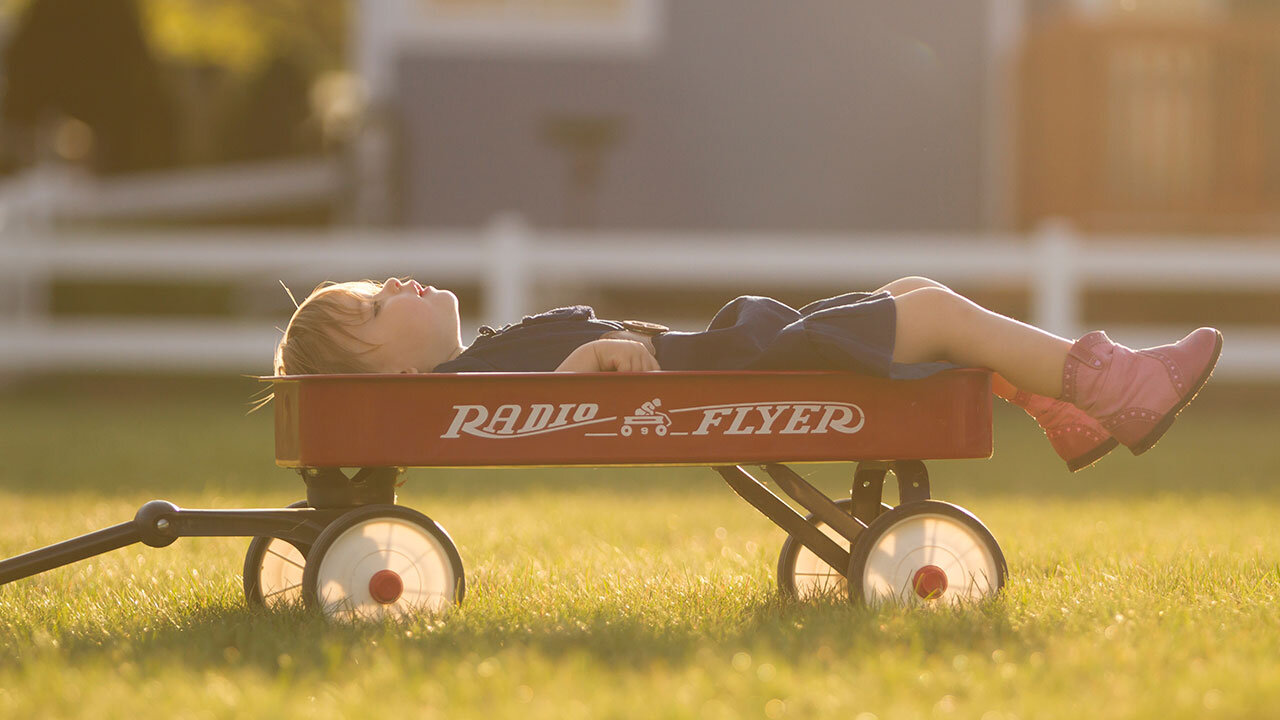About one in four children are diagnosed with asthma at some stage and it can strike at unpredictable times.
Here’s what you need to know about signs of asthma, triggers for it, diagnosis, and what to do during an asthma attack.
Asthma refers to the narrowing of the small air passages in the lungs and the tightening of muscles around them. Common signs of asthma include:
- Being out of breath at rest
- Tightness in the chest
- Working hard to breathe
- Struggling to complete a sentence without taking big breaths
- Wheezing, when your child’s breath sounds like they are whistling
- Coughing, particularly at night, early in the morning, or during exercise or cold weather
If you suspect your child has asthma, take them to a GP. Children with asthma can receive an Asthma Action Plan which tells you how to help prevent episodes and teaches you how to manage episodes if and when they happen.
You can also try to identify triggers for their asthma. There are many possibilities but common triggers include:
- Most common trigger is if your child has a respiratory infection, such as a cold
- Exercise
- Changes in the weather, or windy conditions
- Pollen, pets and dust mites in the house
Thunderstorm asthma is a rare phenomenon but it’s important to know that people with hay fever or asthma can get severe symptoms when high amounts of grass pollen in the air combine with a certain type of thunderstorm. In south-east Australia, this can occur from October through to December. You can read more about it here.
Common medications for asthma are called “relievers”, “preventers” and “controllers”. Your doctor will tell you what is required for your child to best manage their asthma.
During a severe asthma event or attack, a child might struggle to breathe, become very distressed, and you may see deep sucking movements in their throat or chest. They may also become exhausted or limp.
If you suspect a child is having an asthma attack, call triple zero for an ambulance immediately. Epworth emergency physician Jennifer Mines also recommends asking if the child has any allergies or a history of anaphylaxis because sometimes anaphylaxis (a severe allergic reaction) looks like an asthma attack. This could happen, for example, if a child has been stung by an insect they are allergic too.
“If the child already has an Asthma Plan, using their inhaler and spacer as described will help. If the child doesn’t seem to be responding to the inhalers, they need to be transported to hospital”
For fast emergency treatment, Epworth Richmond's Children’s Emergency Service is available all day, every day. Epworth also has a dedicated children’s ward and allergy clinic for children and teenagers.
28 March 2020

